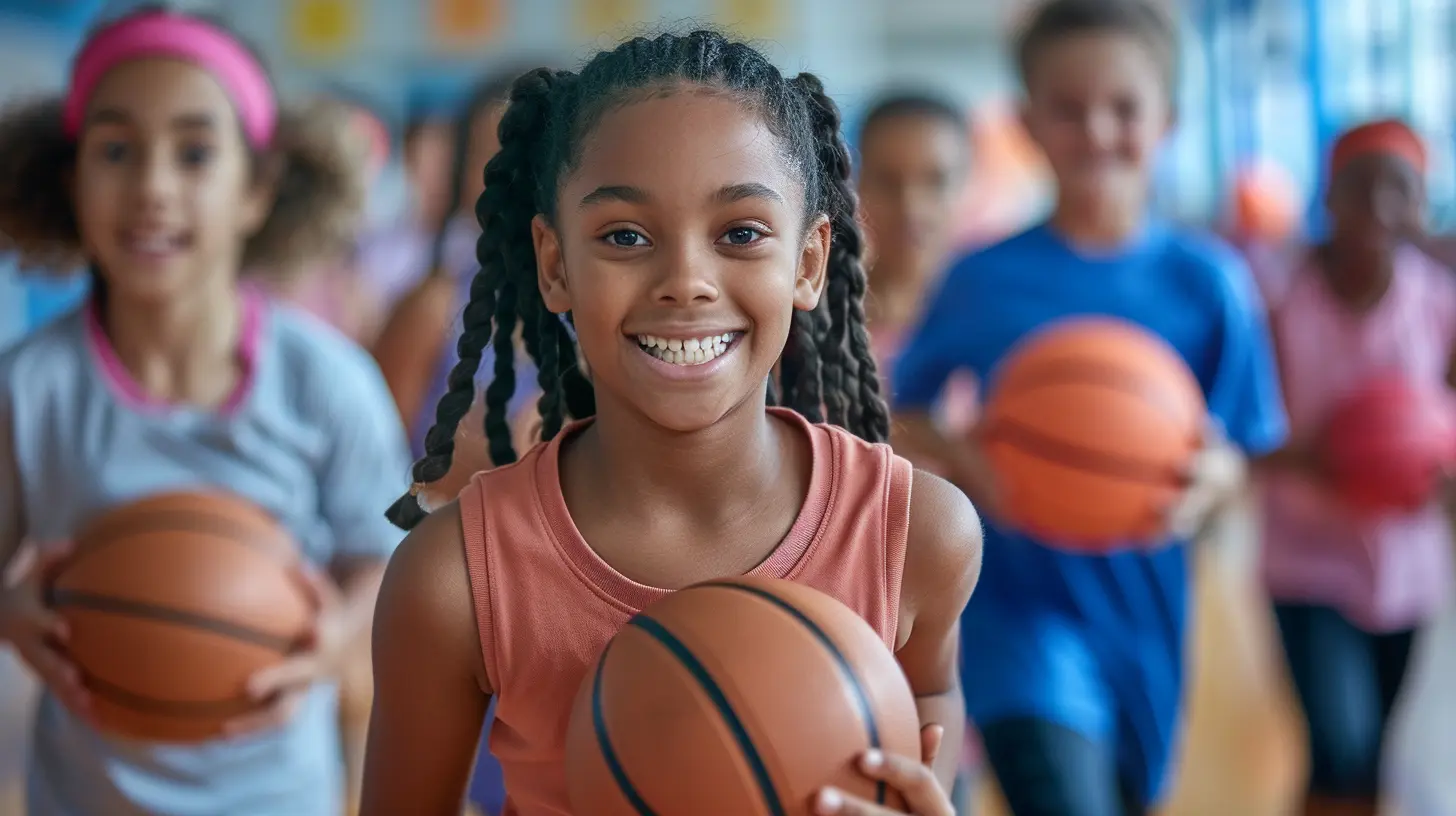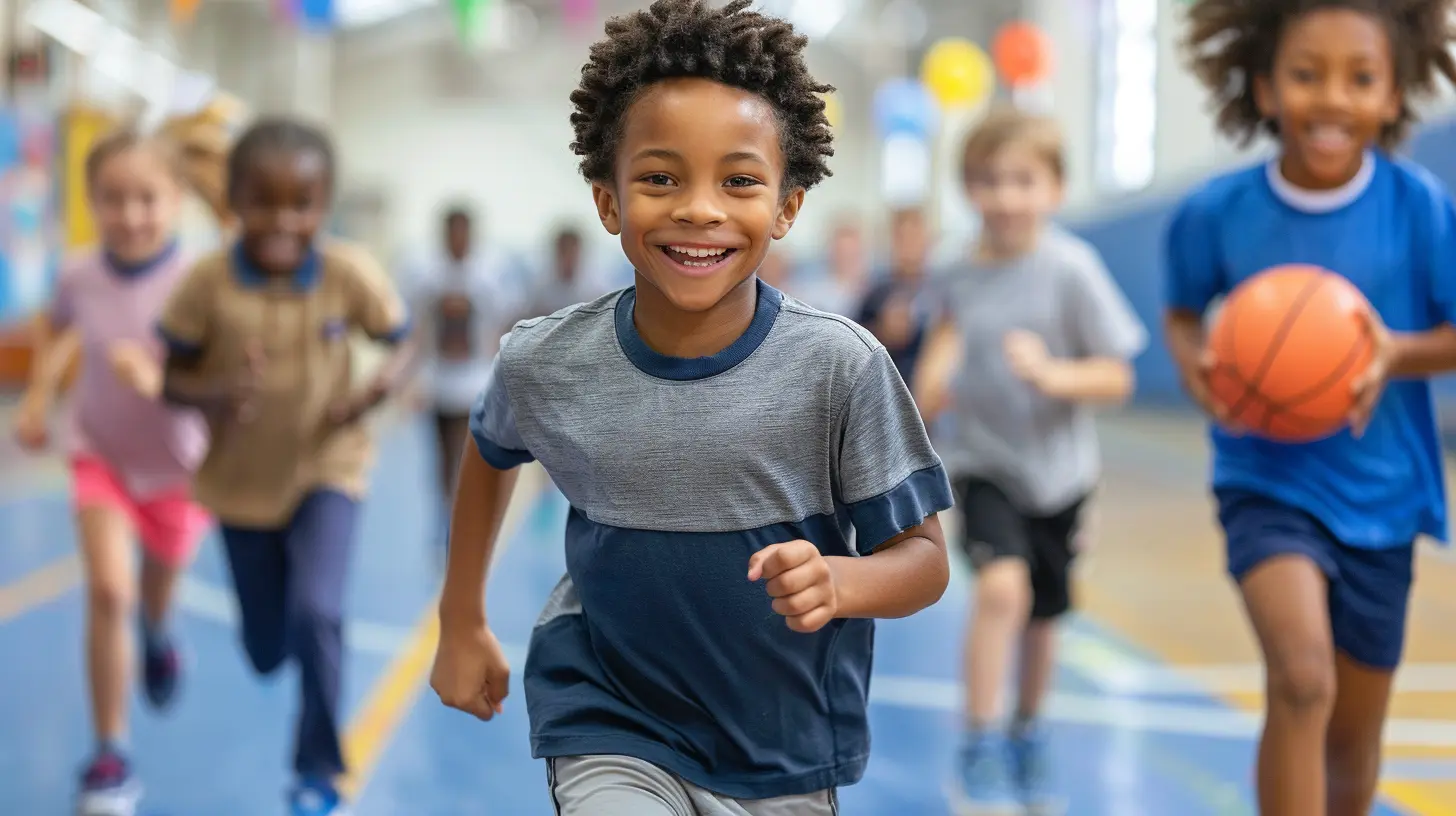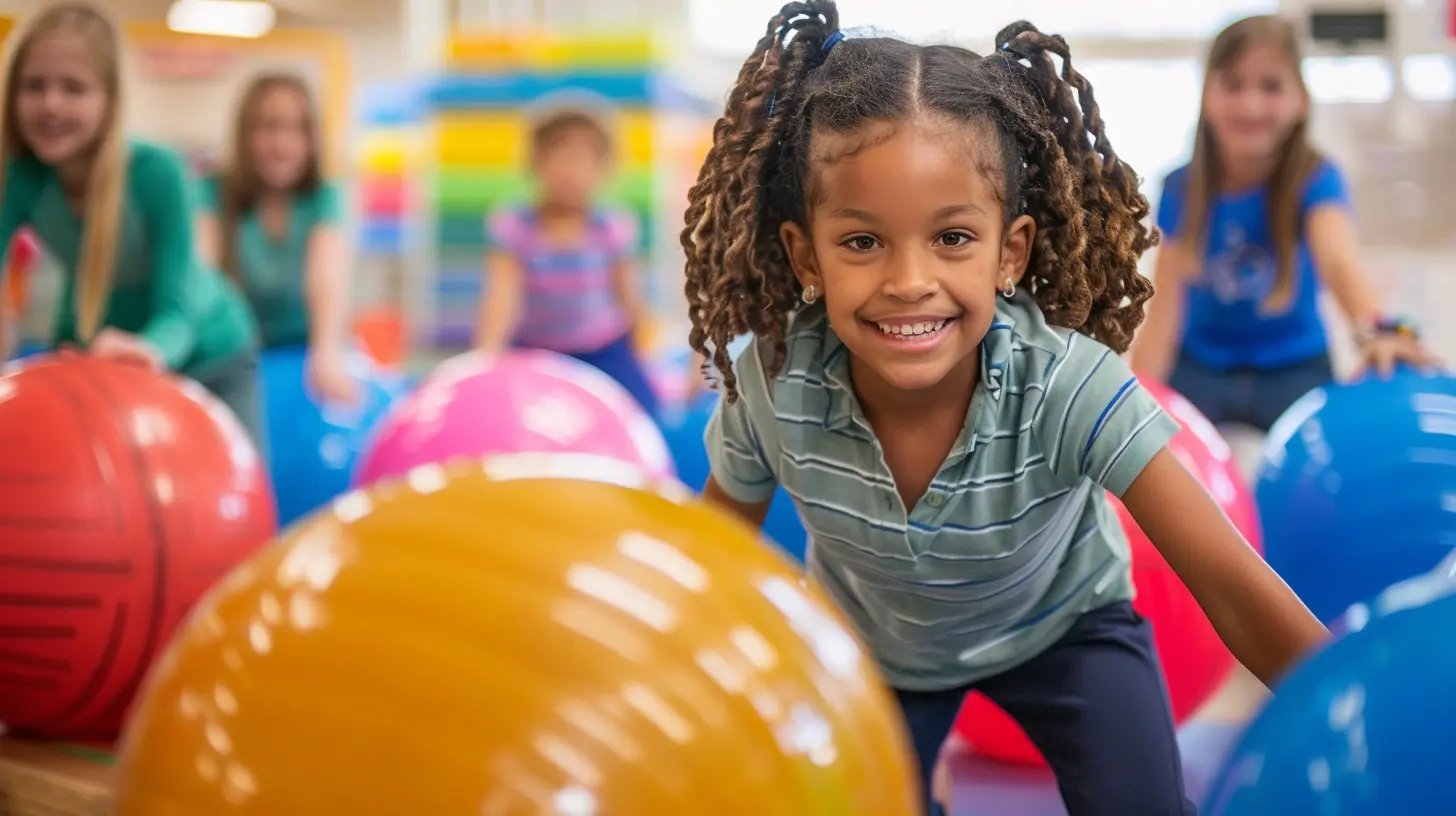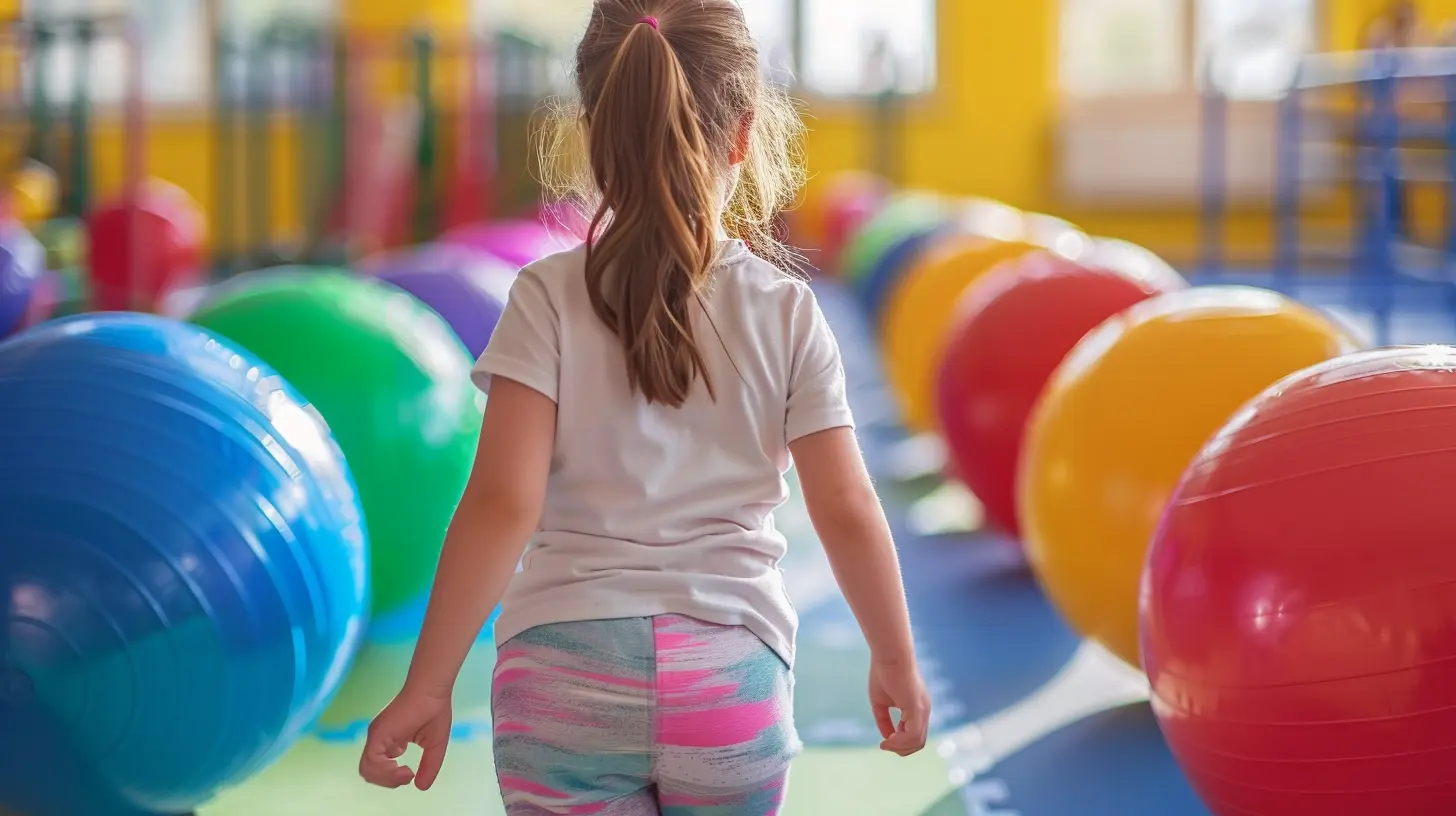Creating a Safe and Supportive Environment in Physical Education
6 May 2025
Physical education (PE) isn’t just about running laps or perfecting your jump shot—it’s about feeling safe, supported, and encouraged to move your body in ways that feel good. A well-structured PE class should be a positive experience where students feel confident, regardless of their athletic ability.
But how do we create that environment? How do we ensure that every student, from the star athlete to the one who dreads gym class, feels included, safe, and motivated? Let’s dive in.

Why a Safe and Supportive Environment Matters
Imagine walking into PE class, feeling anxious about being picked last for a team sport or afraid of being laughed at for missing a throw. That’s the reality for many students. A negative atmosphere in PE can lead to embarrassment, low self-esteem, and even a lifelong aversion to physical activity.On the flip side, a supportive PE class builds confidence, fosters teamwork, and encourages a lifelong love for movement. When students feel safe—both physically and emotionally—they’re more likely to participate, try new things, and push themselves.

Essential Components of a Safe and Supportive PE Environment

1. Encouraging a Positive Mindset
A positive mindset is essential in PE. Students should feel that effort and growth matter more than just winning or being the fastest. Teachers should reinforce the idea that improvement is the goal, not perfection.Ways to foster a positive mindset:
- Celebrate progress over performance.
- Encourage students to set personal goals.
- Use positive reinforcement instead of criticism.
When students feel that their effort is valued, they’re more likely to stay engaged and motivated.
2. Ensuring Physical Safety
PE class involves movement, equipment, and sometimes contact sports, so safety should always come first. Students need to feel secure, knowing they won’t be put in dangerous situations.How to maintain physical safety:
- Proper warm-ups and cool-downs: Reduces injuries and prepares the body for activity.
- Well-maintained equipment: Broken or outdated equipment increases the risk of accidents.
- Clear rules and expectations: Setting boundaries prevents unnecessary risks.
- Supervision: Teachers should actively monitor activities and step in when needed.
If students trust that their safety is a priority, they’ll be more willing to participate.
3. Creating an Inclusive Atmosphere
No student should feel left out during PE. Inclusion means that every student, regardless of their physical ability, gender, or experience level, feels like they belong.Ways to create an inclusive PE class:
- Modify activities for students with different needs.
- Use mixed-ability groupings to prevent students from feeling singled out.
- Promote teamwork over competition.
- Respect and celebrate differences in ability and experience.
When students feel included, they’re more likely to engage and enjoy the experience.
4. Building Emotional Safety
Physical safety is crucial, but emotional safety is just as important. No one wants to feel judged or embarrassed in front of their peers. Students should feel comfortable expressing themselves without fear of being mocked.How to cultivate emotional safety:
- Zero tolerance for bullying or teasing.
- Encourage supportive peer interactions.
- Lead by example. Teachers should model kindness and respect.
- Provide opportunities for choice. Allowing students to choose between activities can reduce anxiety.
A PE class where emotional safety is prioritized creates an environment where students are willing to take risks and step outside their comfort zones.
5. Encouraging Student Participation and Engagement
Some students love PE, while others dread it. How do we get everyone involved? The key is making the class enjoyable and engaging.Strategies to boost participation:
- Offer variety. Not everyone loves the same activities, so mix it up with dance, yoga, team sports, and individual challenges.
- Make it fun. Games and friendly competitions can make fitness enjoyable.
- Give students a voice. Let them provide input on activities they’d like to try.
- Focus on personal progress. Encourage students to compete against themselves rather than others.
When students feel that PE is enjoyable rather than a chore, they’re more likely to stay active inside and outside the classroom.
6. Teaching the Importance of Respect and Teamwork
PE isn’t just about physical skills—it’s about life skills. Teamwork, communication, leadership, and respect are all part of the package.Ways to foster respect and teamwork:
- Encourage collaboration. Group activities help students work together and support one another.
- Set clear expectations. Students should understand that respect for others is non-negotiable.
- Highlight the value of effort over talent. Success in sports and fitness isn’t just about natural ability—it’s about hard work and persistence.
Focusing on these values makes PE a space for personal growth, not just physical exercise.
7. Providing Constructive Feedback
Feedback is an essential part of learning, but how it’s delivered makes all the difference. Harsh criticism can discourage students, while constructive feedback helps them improve.Effective ways to give feedback:
- Focus on what they’re doing well. Start with a positive before suggesting improvement.
- Be specific. Instead of saying “You need to try harder,” say, “Try keeping your knees bent when you land your jump.”
- Encourage self-reflection. Ask students how they think they did and what they could improve.
When feedback is supportive rather than harsh, students are more receptive to learning and improving their skills.
8. Emphasizing the Fun in Fitness
A PE class should be a place where students associate movement with enjoyment, not stress. One of the biggest reasons people stay physically active throughout life is because they find an activity they love.Ways to make fitness fun:
- Incorporate music and dance-based activities.
- Use gamification techniques. Turn workouts into games or challenges.
- Celebrate participation. Recognize effort and engagement rather than outcome.
The goal is for students to leave class feeling energized and excited to move, not defeated and discouraged.

Final Thoughts
Creating a safe and supportive environment in physical education goes beyond just following rules—it’s about fostering a culture of kindness, inclusion, and encouragement. When students feel physically and emotionally safe, they’re more willing to participate, take risks, and develop a lifelong appreciation for movement.That’s the ultimate goal, right? To inspire kids to enjoy being active, not just during school but for the rest of their lives. And that starts with making PE a place where everyone feels welcome, supported, and valued.
all images in this post were generated using AI tools
Category:
Physical EducationAuthor:

Monica O`Neal
Discussion
rate this article
5 comments
Ardyn Tucker
Thank you for this insightful article! Creating a safe and supportive environment in physical education is crucial for fostering confidence and teamwork among students. Your tips will surely inspire educators to enhance their approach and promote a positive experience for all.
May 16, 2025 at 6:49 PM

Monica O`Neal
Thank you for your kind words! I'm glad you found the article helpful in promoting a positive PE environment.
Trevor Anderson
Empowering students through a supportive PE environment fosters confidence, teamwork, and a lifelong love for movement!
May 12, 2025 at 8:36 PM

Monica O`Neal
Thank you for highlighting the importance of a supportive PE environment! Fostering confidence and teamwork truly enhances students' love for movement.
Viviana McMeekin
This article beautifully highlights the importance of fostering safety and support in PE classes.
May 10, 2025 at 2:36 AM

Monica O`Neal
Thank you! I'm glad you found the article emphasizes the importance of safety and support in PE classes.
Sylas McMaster
In the realm of physical education, the environment often speaks louder than words. What unseen forces shape our students' experiences? Unravel the delicate balance between safety and challenge, where every game holds the potential for growth and transformation.
May 8, 2025 at 8:31 PM

Monica O`Neal
Thank you for highlighting the importance of the environment in physical education. Indeed, unseen forces such as peer dynamics, instructor attitudes, and facility conditions play a crucial role in shaping students' experiences. Striking the right balance between safety and challenge fosters not only physical growth but also personal development.
Antonia Blair
Great insights on fostering a positive PE environment! Safety and support truly enhance student success!
May 8, 2025 at 11:33 AM

Monica O`Neal
Thank you! I’m glad you found the insights valuable. A safe and supportive environment is essential for student growth and success in PE.




